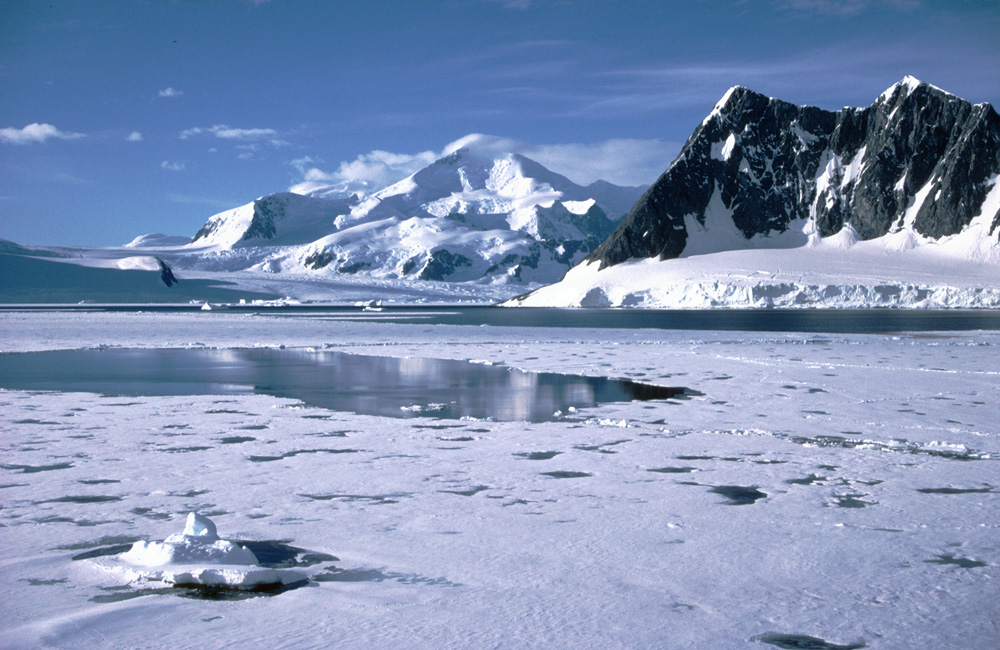Tackling Climate change effectively is a daunting task ahead of scientists all over the world. According to NASA experts, ice-levels in Antarctica keep on increasing, when compared to the decreasing levels in the Arctic.
Meanwhile, the American space agency has found answer to this phenomenon, which had delivered shock waves among many people who keep on wondering about his new findings.
This prompted scientists and researchers to find a solution for this ultimate problem with special reference to finding the root cause. They claim that if the cause is accurately traced, then it will be easy for them to find a respectable solution.
According to a study conducted by NASA, the geology of Antarctica and the Southern Ocean are responsible for the drastic increase in ice-levels in Antarctica. The study report reveals that both the topography of Antarctica and the depth of the ocean surrounding Antarctica are the main two geological factors.
During the course of research, the team dissected radar data from NASA’s QuikScat satellite from 1999 to 2009. They found the paths of the Antarctic sea ice movements and map its different types.
While the sea ice forms and builds like a rock early in the sea ice growth season, the ice mainly gets pushed offshore and then northwards by high winds. It then forms a protective shield comprising of old and thick ice that mainly circulates around the continent.
As per the report, the highly persistent winds, which often flow down slope off the continent, forms a huge chunk of ice, thus enhancing the thickness of the final ice.
There are reports floating on the web that old and thick sea ice will return a strong radar signal than its little brothers. In fact, the sea ice within the protective shield was bit older and rougher than what was expected by the researchers.
If the alarming increase in Antarctica ice-levels continues to occur, then it will create the so called “ice factories”, which is conducive to the growth of rapid sea ice.


